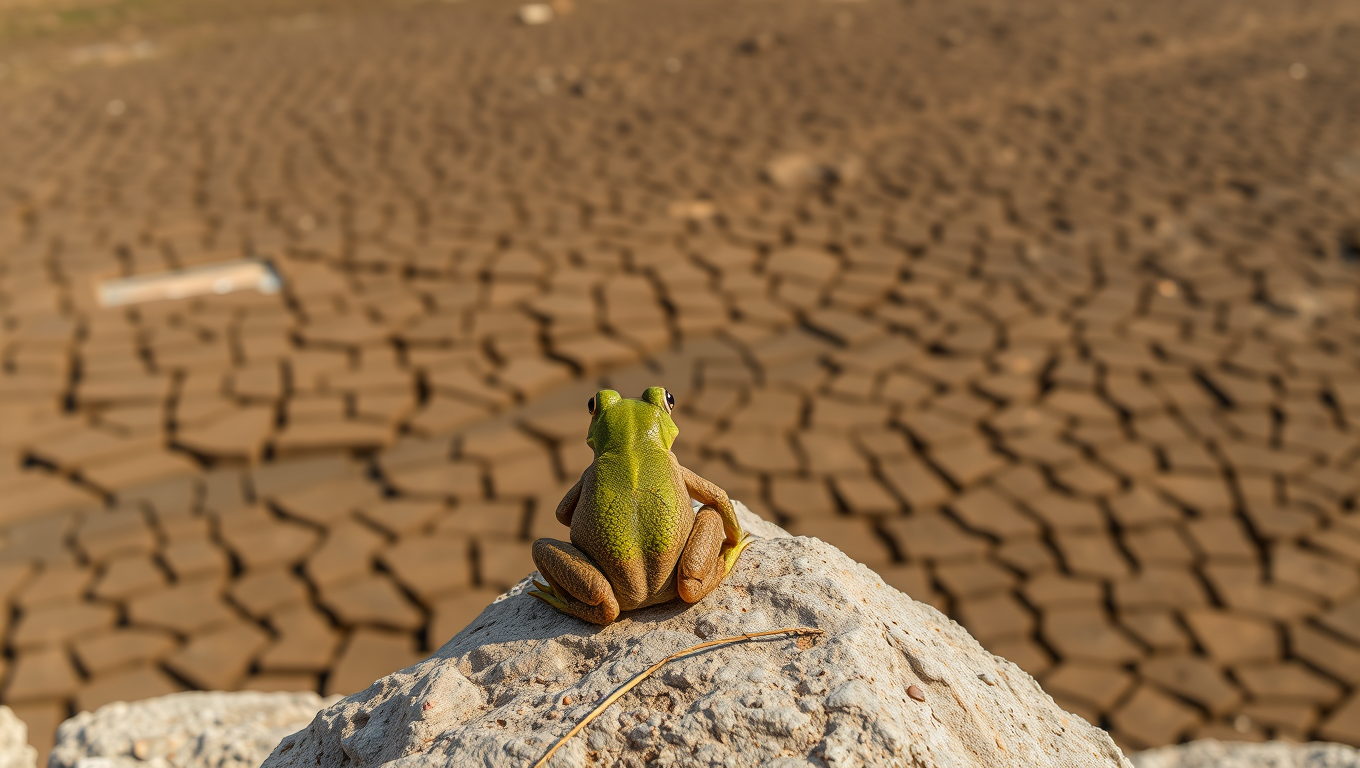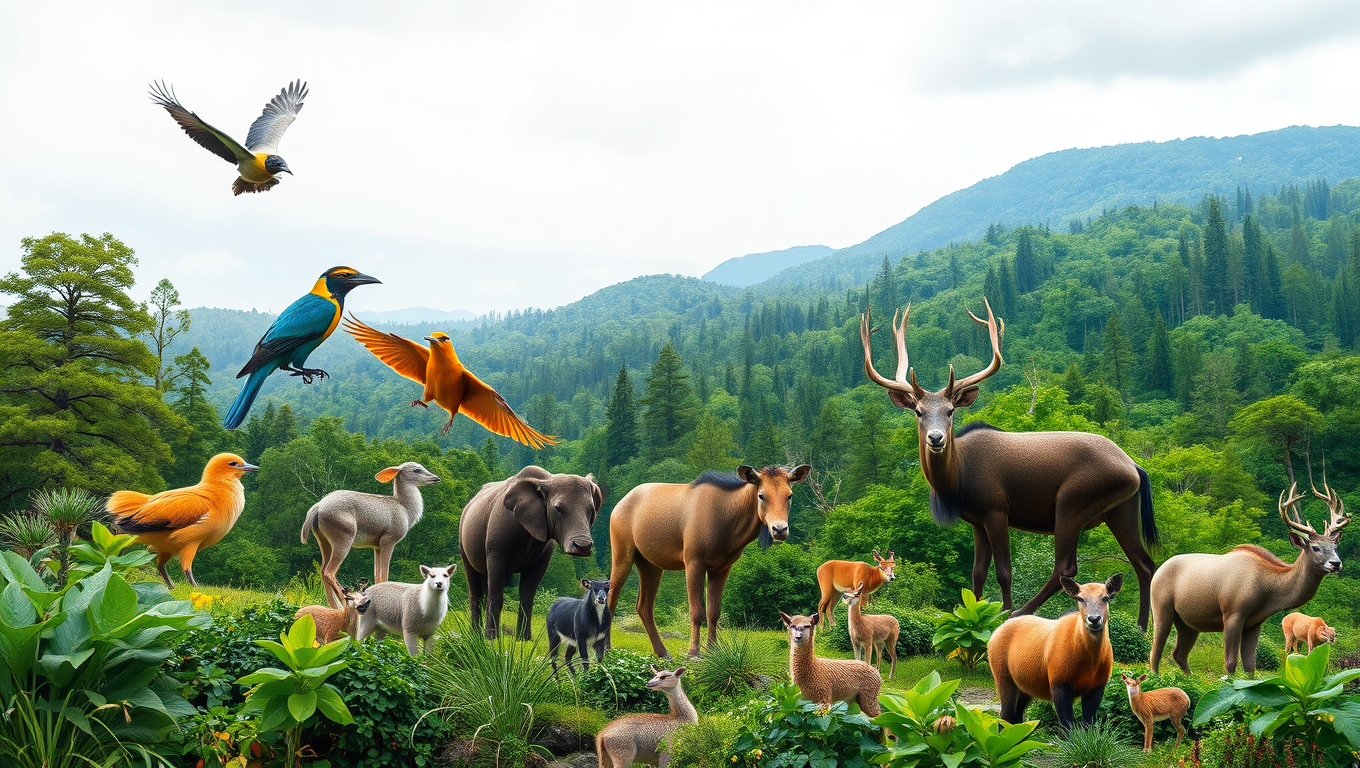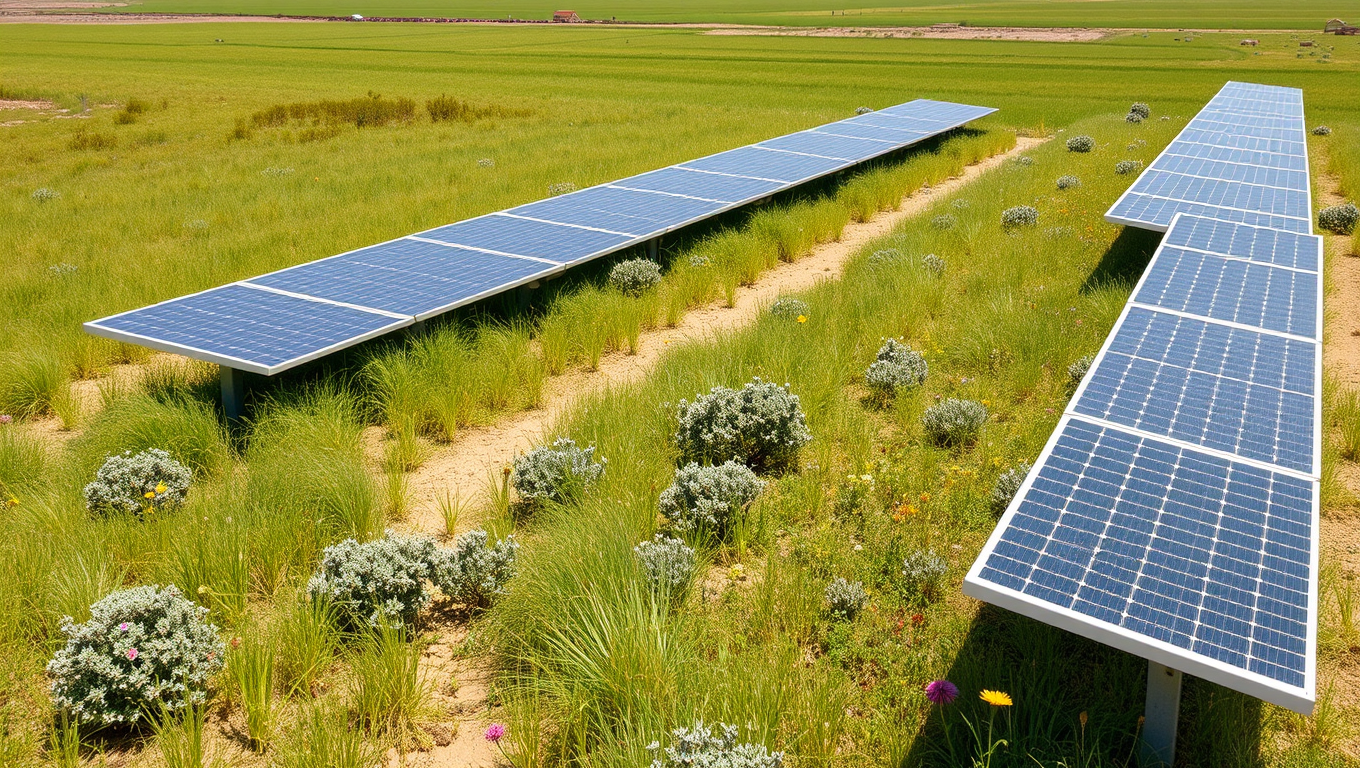While we try to keep things accurate, this content is part of an ongoing experiment and may not always be reliable.
Please double-check important details — we’re not responsible for how the information is used.
Drought
The Double Whammy of Extreme Weather and Habitat Loss on Amphibians
Frogs, salamanders, and other amphibians are not just battling habitat loss and pollution they’re now also contending with increasingly brutal heat waves and droughts. A sweeping 40-year study shows a direct link between the rise in extreme weather events and the growing number of species landing on the endangered list. Europe, the Amazon, and Madagascar have become danger zones, with amphibians unable to adapt quickly enough. But there s hope scientists are calling for focused conservation efforts like habitat restoration and micro-refuges to help these vulnerable creatures survive.

Biotechnology and Bioengineering
“Reviving Lost Genetic Diversity: A Transformative Solution for Species Conservation”
Gene editing may hold the key to rescuing endangered species—not just by preserving them, but by restoring their lost genetic diversity using DNA from museum specimens and related species. Scientists propose a visionary framework that merges biotechnology with traditional conservation, aiming to give struggling populations like Mauritius’ pink pigeon a fighting chance against extinction. From agriculture to de-extinction, these tools are already transforming biology—and now, they could transform the future of biodiversity itself.
Agriculture and Food
Harnessing the Power of Solar Arrays for Grassland Conservation
New research shows that the presence of solar panels in Colorado’s grasslands may reduce water stress, improve soil moisture levels and — particularly during dry years — increase plant growth by about 20% or more compared to open fields.
Drought
Boosting Grasslands in a Changing Climate: The Surprising Power of Fertilizer
Fertilizer might be stronger than we thought. A new international study found that fertilizer can help plants survive short-term periods of extreme drought, findings which could have implications for agriculture and food systems in a world facing climate stressors.
-

 Detectors8 months ago
Detectors8 months agoA New Horizon for Vision: How Gold Nanoparticles May Restore People’s Sight
-

 Earth & Climate9 months ago
Earth & Climate9 months agoRetiring Abroad Can Be Lonely Business
-

 Cancer9 months ago
Cancer9 months agoRevolutionizing Quantum Communication: Direct Connections Between Multiple Processors
-

 Albert Einstein9 months ago
Albert Einstein9 months agoHarnessing Water Waves: A Breakthrough in Controlling Floating Objects
-

 Earth & Climate9 months ago
Earth & Climate9 months agoHousehold Electricity Three Times More Expensive Than Upcoming ‘Eco-Friendly’ Aviation E-Fuels, Study Reveals
-

 Diseases and Conditions9 months ago
Diseases and Conditions9 months agoReducing Falls Among Elderly Women with Polypharmacy through Exercise Intervention
-

 Chemistry9 months ago
Chemistry9 months ago“Unveiling Hidden Patterns: A New Twist on Interference Phenomena”
-

 Agriculture and Food9 months ago
Agriculture and Food9 months ago“A Sustainable Solution: Researchers Create Hybrid Cheese with 25% Pea Protein”





























